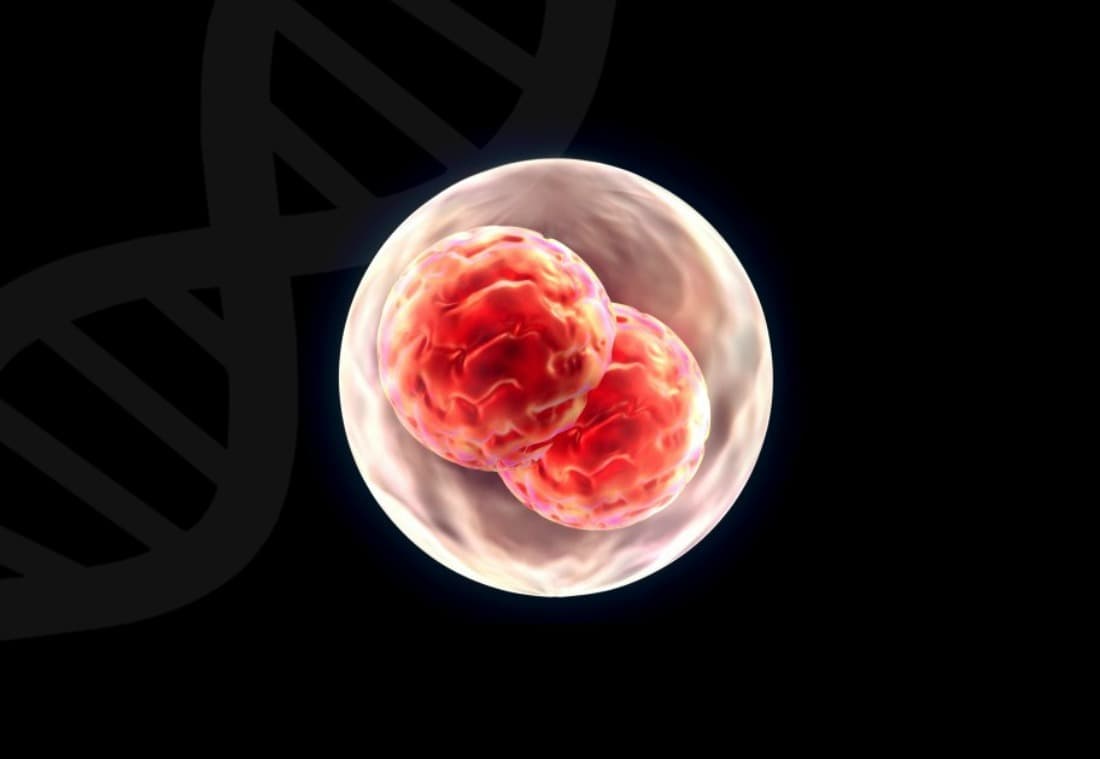Scientists are working to discover the best way to generate human organs for transplant. Indeed, as the previous link shows, they have been working on it for some time. Now, a radical new approach offers a highly-debated technique is coming forward that involves growing hearts, livers, or other organs needed inside sheep and pigs.
An Ethical Conundrum
The reason this topic is so controversial is that it involves adding human cells to animal embryos in ways that could blur the line between species, an idea that science fiction writers have experimented with for decades.
This isn't something out of The Fly, though.
“We are not near the island of Dr. Moreau, but science moves fast,” says NIH ethicist David Resnik. “The specter of an intelligent mouse stuck in a laboratory somewhere screaming ‘I want to get out’ would be very troubling to people.”
The National Institutes of Health has put a funding ban on the tests, saying it would not support studies involving such "human-animal chimeras" until it had reviewed the scientific and social implications more closely. Moreover, the agency said it was worried about the chance that animals' "cognitive state" could be altered if they ended up with human brain cells.
Studies Move Forward
Despite the setback, some U.S. research centers are still moving ahead with attempts to grow human tissue inside animals, including pigs and sheep. Other funding sources, including California's state stem-cell agency, have come forward to support the research.
Based on interviews with three teams, two in California and one in Minnesota, MIT Technology Review estimates that about 20 pregnancies of pig-human or sheep-human chimeras have been established during the last year in the U.S.
However, no scientific paper describing the work has been published, and none of the animals were brought to term.
The human-animal mixtures themselves are being created by injecting human stem cells into days-old animal embryos, then gestating these in female livestock for future harvest. It's thought to be more successful to create these organs in a real, three-dimensional environment as opposed to something like a petri dish.
The Future of Organ Transplants?
Issues aside, these hybrids could provide a new supply of organs for patients in need of transplant. In less than a year, they could have a custom organ ready for transplant.
However, before that can happen, scientists have to prove that the bodies of farm animals are the best environment for human cells to multiply and thrive.
Share This Article
